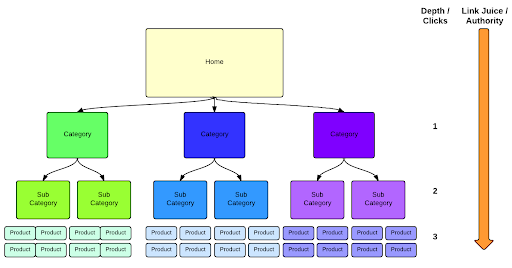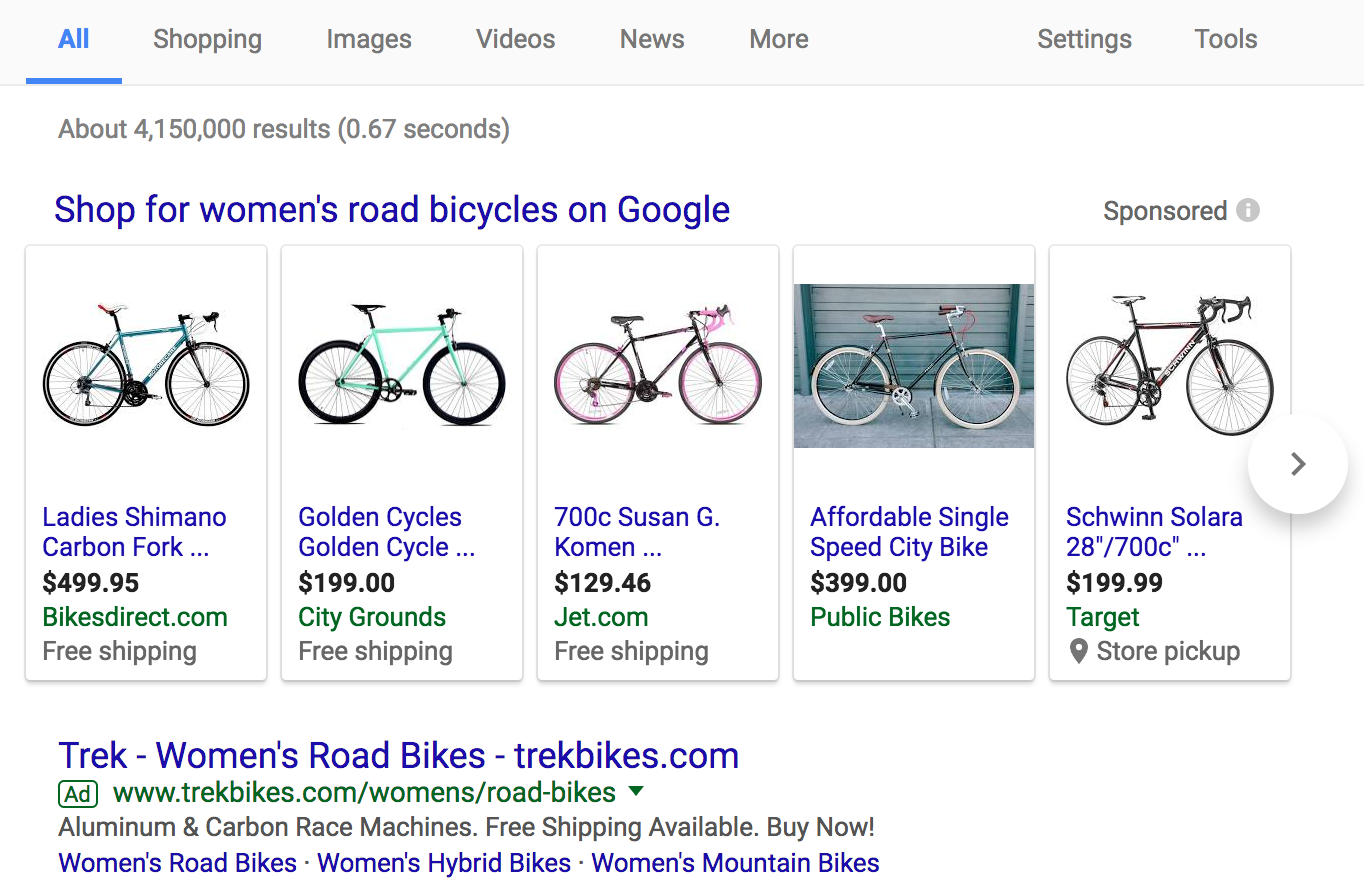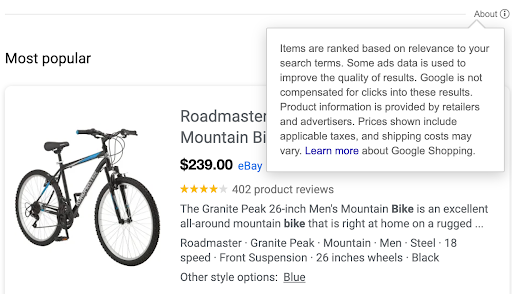What do a pair of boots, an umbrella, and a drone have in common? These are all products that I’ve needed the past week and have searched Google for. This is how the majority of people go about purchasing products in today’s world. When I need to buy something, I turn to Google to give me information about these products.
Like most shoppers, I don’t have all day to search through 10 pages of Google results to find the product that’s right for me. Just think, if you aren’t showing up in potential consumers’ search results, how much business are you missing out on? How much more income could you earn by simply being visible to your online shoppers?
To get in front of your potential customers, you need to optimize your e-commerce website to rank highly in Google search results. If you achieve that, you will see your business begin to flourish.
This brings us to the discussion of SEO. These three small letters seem to scare a lot of business owners that have trouble with an online presence. We are going to go over a few professional tips that will help your e-commerce website reach top efficiency.
Keyword Optimization
Keyword optimization is your first step, and also one of the most important steps to understand. If you want your customers to find your store and products through organic search, you need to embed the right keywords on your page. Having the right keywords on your website will help you rank highly in search engine results.
So what are the “right” keywords? How do you know which keywords to place within your website in order to rank higher? Well, the truth is, it matters dramatically depending on the content of your website.
You should gain a general understanding of your buyers’ persona to see what their interests and relationship to your products are. You can try searching niche forums to see what your potential buyers are talking about. One of my favorite websites to utilize for this is Neilpatel.com.
You need to identify the exact keywords your ideal customers may use in their searches. Once you do that, go to Neilpatel and see if there is a lot of competition for those keywords. You should consider keywords relevancy, search volume, and ranking difficulty.
On-page SEO
In addition to keyword optimization, you also need to do on-page SEO. One-page SEO helps you get targeted and relevant traffic to make sure the visitors that visit your site are high-quality prospects. To improve your website’s overall SEO, you need to incorporate those keywords in these various locations on your website:
- Headers
- Page title
- Subheaders
- Paragraphs
- Product description
- Image filename
- Meta title
- Meta description
- Image alt tags
- URLs
Unfortunately, many people overlook webpage URLs, meta titles, etc. because they aren’t visible on the page to the user. However, they are visible to search engines. Search engines use these on-page keywords to determine relevancy and ranking. They are also visible to SERPs (search engine results page), and online shoppers will heavily use that information to decide if they want to spend time clicking through your page.
Site structure
The structure of your website will also affect how well you are able to gain organic traffic. A well-designed site will help organize your pages to be more user friendly, hence encouraging users to stay longer. Not to mention, good site architecture will improve your site’s ranking and conversion.
Good site structure will help Google understand your site, especially if you have different product pages. Neil Patel recommends a “flat architecture”. A flat architecture will improve your usability simply because it takes fewer clicks to navigate. Here is an example of a flat architecture:

Tip: Submit a site map to Google to ensure that all your website pages are crawled and accounted for.
Social Media
Recent studies have shown that having a strong presence on social networks is largely correlated with better search engine rankings. Not only will a solid social media presence help your search engine rankings, but it will also help you establish a consistent brand. The more active you are, the more brand awareness you will build. You can also increase the number of inbound links and repeat visitors to your site.
In addition to sharing your posts and links on social media outlets, you can make it easier for your potential customers to get to your site. You can easily install social-share buttons on your site. This means your visitors can also share your ideas and products with their followers with the click of a button.
Blog Post
Google loves new, relevant content simply because it indicates that your website is staying active and relevant within your industry. If you stop posting regularly Google will deem your site as stagnant or irrelevant. Posting blogs on a consistent basis will make it easier for your customers to find you and give them more content to come back and read.
When a customer finds your article useful, they will in turn spend more time on your site deeply reading the article. Google will receive that information and use it to tell search engines that your site is relevant and helpful. Blogging is a very popular and effective way to organically gain traffic to your website. Furthermore, you should be applying Keyword Optimization to your blogs to increase your search engine rankings even more.
Shop Google
I know we have all utilized this feature on Google, yet you don’t hear a lot of people are talking about how useful this tip is. Let’s say you want to buy a bike for some basic leisure riding. What’s the first thing you do? Of course, you type it into Google to start getting an idea of what type of bike you’d like. Your results should look something like this:

Listing your products on Google is an excellent way to get your product in front of your customers. These product images will show up in a Google search based on relevant keywords. This means your product will show up when someone types in specific keywords pertaining to your product. See below:

There are many different ways to increase the organic traffic to your website, so don’t stop here! I encourage you to continue your research until you find what is most effective for you and your business.


Christi
Wow, superb weblog layout! How lengthy have
you ever been blogging for? you made running
a blog look easy. The total look of your site is excellent, let alone the content!
You can see similar here ecommerce
Arden
Hi there! This post could not be written any better!
Reading this post reminds me of my good old room
mate! He always kept talking about this. I will forward this article to
him. Fairly certain he will have a good read. Many thanks for
sharing! I saw similar here: Ecommerce
Wilfredo
Hi! Do you know if they make any plugins to
assist with Search Engine Optimization? I’m trying to get my blog to rank for some
targeted keywords but I’m not seeing very good results.
If you know of any please share. Thank you!
You can read similar article here: Sklep internetowy
Analytical Agency
It’s very interesting! If you need help, look here: ARA Agency
Registro
Can you be more specific about the content of your article? After reading it, I still have some doubts. Hope you can help me.